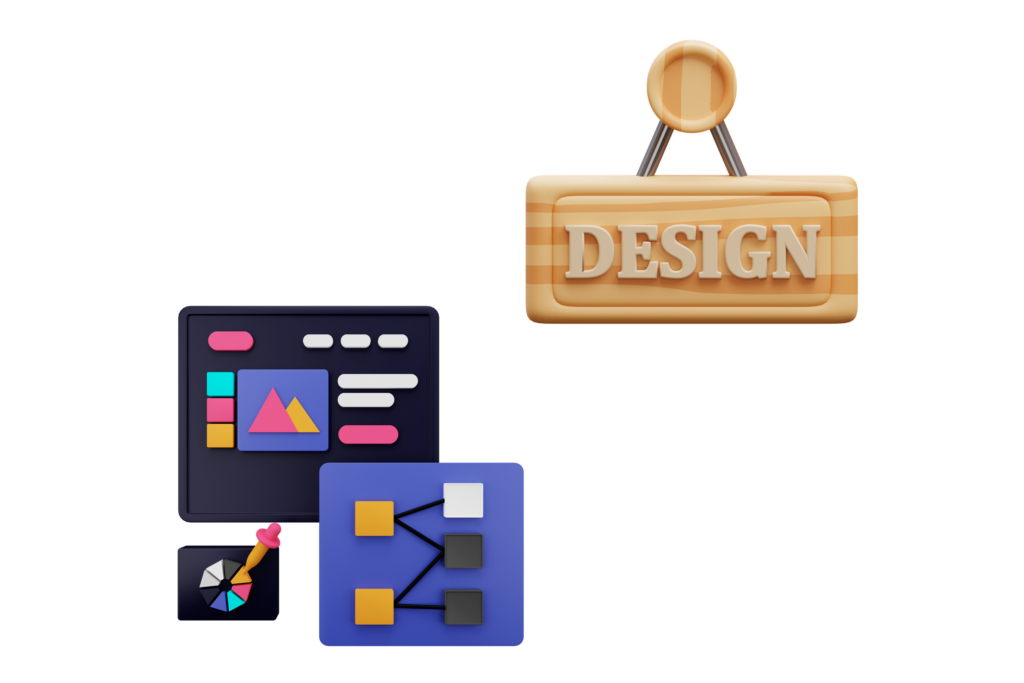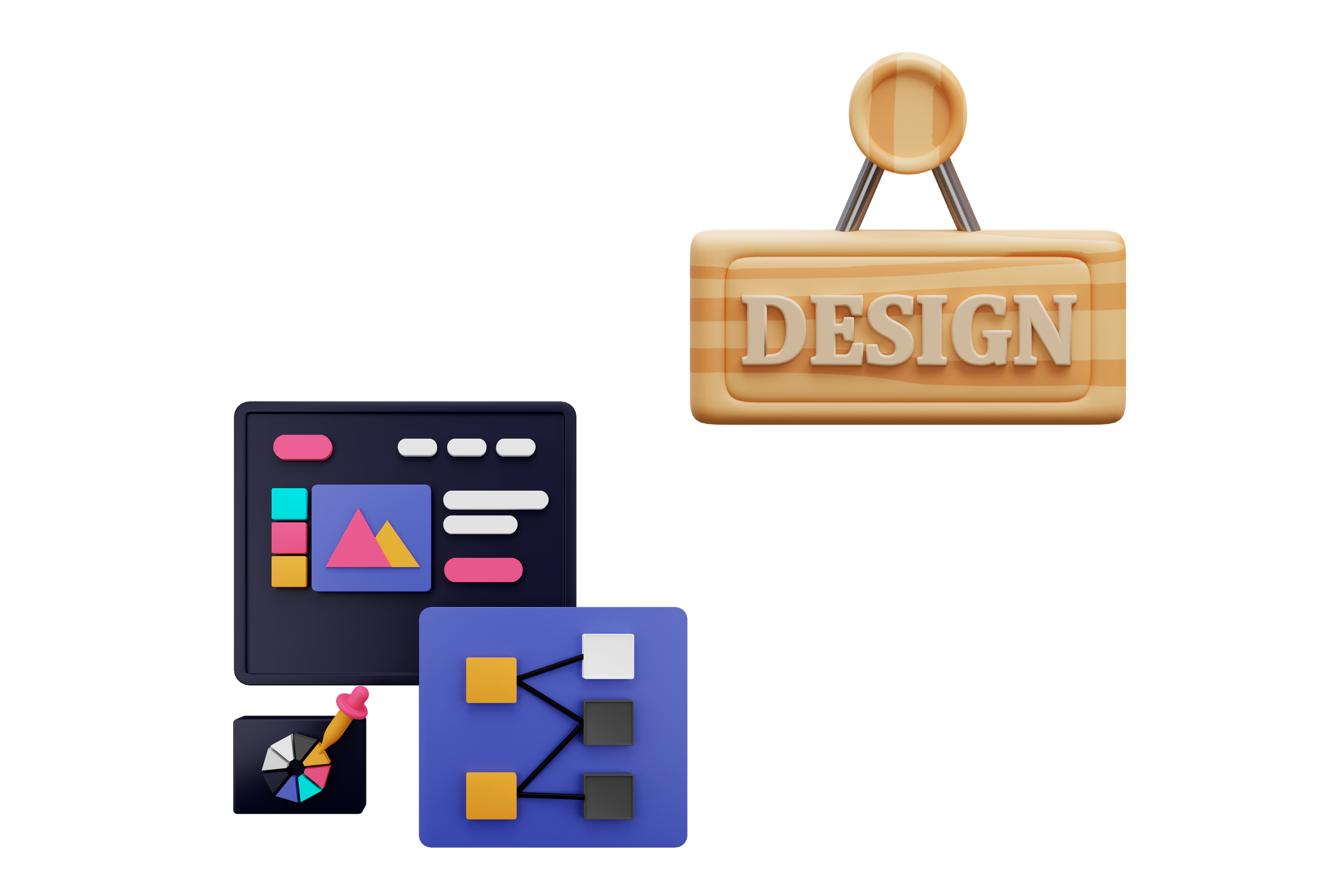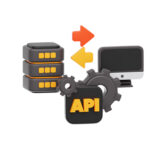Resiliency Design Patterns

Building Robust Systems: An Educative Guide to Resiliency Design Patterns
In today’s dynamic digital landscape, businesses must ensure their systems are robust and capable of withstanding disruptions. This necessity has led to the adoption of resiliency design patterns, which play a crucial role in maintaining system stability and performance. In this blog, we will explore what resiliency design patterns are, why they are essential, and how they can be implemented to build resilient systems.
Understanding Resiliency Design Patterns
Resiliency design patterns are architectural strategies and best practices designed to make software systems more robust, fault-tolerant, and capable of recovering quickly from failures. These patterns help systems gracefully handle unexpected issues without significant downtime or data loss, ensuring smooth and continuous operation.
Why Resiliency Design Patterns Matter
In a world where digital services are expected to be available 24/7, any downtime can lead to significant financial losses and damage to an organization’s reputation. Resiliency design patterns help mitigate these risks by:
- Enhancing System Availability: Ensuring that systems remain operational even during failures.
- Improving Fault Tolerance: Enabling systems to continue functioning correctly even when some components fail.
- Enabling Quick Recovery: Allowing systems to recover swiftly from disruptions, minimizing impact.
Key Resiliency Design Patterns
- Circuit Breaker Pattern
- Purpose: Prevents a failure in one part of the system from cascading to other parts.
- How It Works: Acts like a circuit breaker in an electrical system, stopping the flow of requests to a failing service after a threshold is reached. The breaker remains open until the service recovers.
- Use Case: When a remote service is known to fail intermittently, a circuit breaker can prevent the application from repeatedly attempting to call the failing service, thus protecting the system from overloading.
- Retry Pattern
- Purpose: Ensures temporary issues do not cause permanent failures.
- How It Works: Automatically retries a failed operation after a specified interval. This can include exponential backoff strategies to avoid overwhelming the system.
- Use Case: Useful for network calls where transient errors (e.g., momentary loss of connectivity) are common.
- Fallback Pattern
- Purpose: Provides a default behavior when a service fails.
- How It Works: When a primary operation fails, a secondary, less optimal but functional operation is executed.
- Use Case: If a database read fails, a cached response might be used instead to keep the application running.
- Bulkhead Pattern
- Purpose: Isolates different parts of the system to prevent a failure in one part from affecting others.
- How It Works: Divides system resources into isolated pools. If one pool is exhausted, the other parts of the system can continue to function.
- Use Case: Used in microservices architectures to ensure that a failure in one microservice does not bring down the entire application.
- Timeout Pattern
- Purpose: Prevents the system from waiting indefinitely for a response.
- How It Works: Sets a maximum time limit for an operation to complete. If the operation exceeds this limit, it fails, allowing the system to move on to other tasks.
- Use Case: Applied in API calls where waiting indefinitely for a response could block system resources and degrade performance.
Implementing Resiliency Design Patterns
- Assess System Requirements: Understand the specific needs and failure scenarios of your system.
- Choose Appropriate Patterns: Select the resiliency patterns that best address the identified risks and requirements.
- Integrate with Monitoring Tools: Use monitoring and alerting tools to track the effectiveness of implemented patterns and detect failures promptly.
- Test for Failures: Regularly conduct failure injection testing to ensure that resiliency patterns are functioning as expected.
- Continuously Improve: Adapt and refine the resiliency strategies based on performance metrics and changing requirements.
Conclusion
Resiliency design patterns are essential tools for building robust, fault-tolerant systems in today’s always-on digital environment. By understanding and implementing these patterns, businesses can ensure their systems are prepared to handle disruptions gracefully, maintaining continuous operation and providing reliable service to their users. As technology continues to evolve, the importance of resilient system design will only grow, making it a critical area of focus for any forward-thinking organization.


